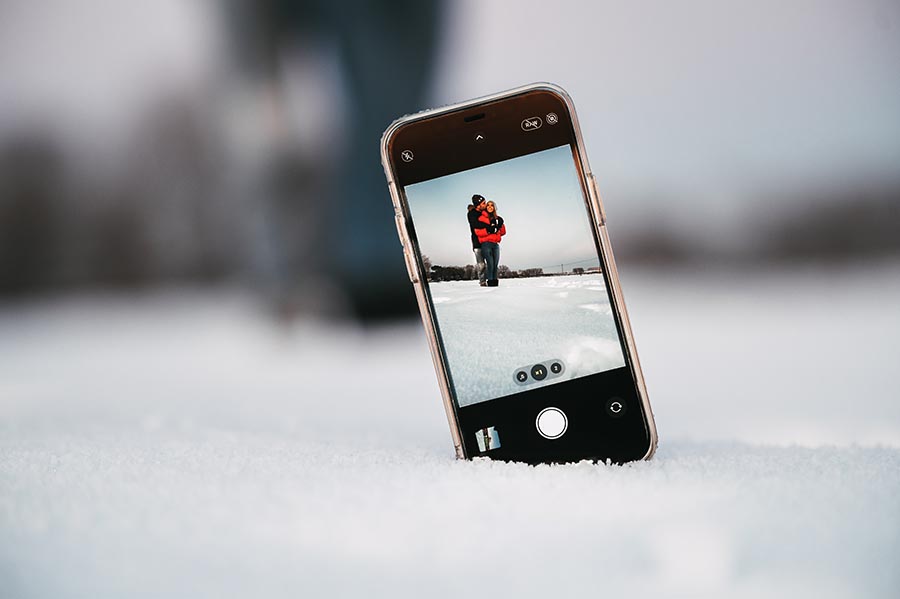Mobile phones have become an indispensable aspect of our modern-day lives. Among the many features smartphones offer, one that stands out is the ability to capture high-quality images. This guide will offer you all the necessary information to excel in mobile photography or smartphone photography. Including the gear you need, essential tips and tricks, various types, and how to become a mobile photographer pro.
What is Mobile Photography?
Mobile photography refers to capturing images using a mobile device’s built-in camera, such as a smartphone or tablet. With advancements in camera technology and image processing, mobile photography has become increasingly popular and accessible, allowing users to take high-quality photos without needing a dedicated camera.
How to Take Good Photos With Your Mobile
Taking good photos with your phone combines understanding your device’s capabilities, applying photography principles, and mastering post-processing techniques. With the right approach, you can capture stunning images using your smartphone. In this guide, we’ll explore essential tips to help you take exceptional photos with your phone and improve your mobile photography skills.
Know Your Phone’s Camera
Familiarize yourself with your phone’s camera settings and features. Learn about its manual mode, HDR, burst mode, and other advanced options to enhance your photography.
Composition Technique
Apply the rule of thirds, leading lines, framing, and negative space to create visually appealing and balanced images.
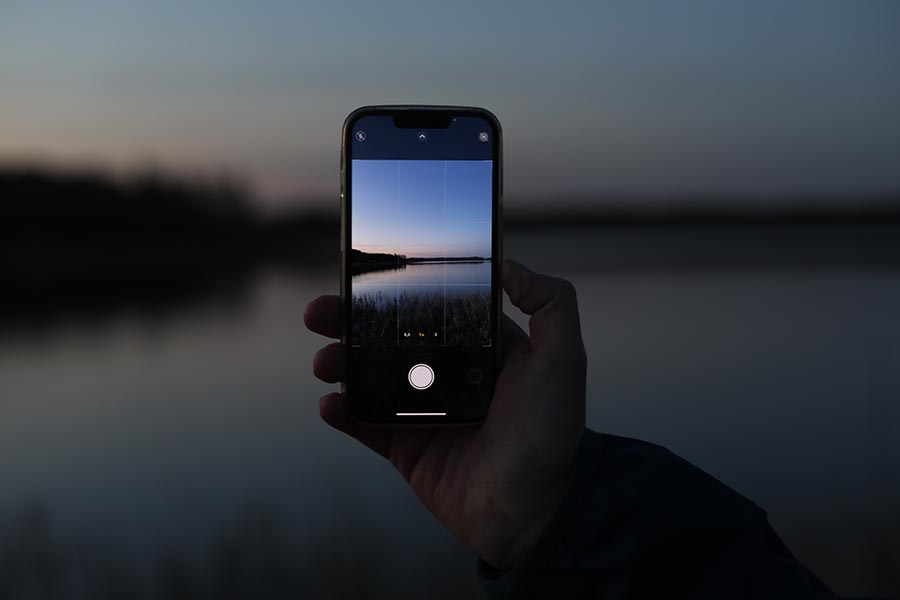
Lighting
Use natural light whenever possible, and use the golden hour for soft, warm lighting. Learn to work with different lighting conditions, including backlighting, diffused, and artificial light sources.
Stability
Use a tripod or a stable surface, or hold your phone firmly with both hands to minimize camera shake and capture sharp images.
Experiment with Perspectives
Shoot from various angles, such as high or low perspectives, to create unique and engaging compositions.
Focus and Exposure
Tap on your phone’s screen to set focus and adjust exposure accordingly to ensure your subject is sharp and well-lit.
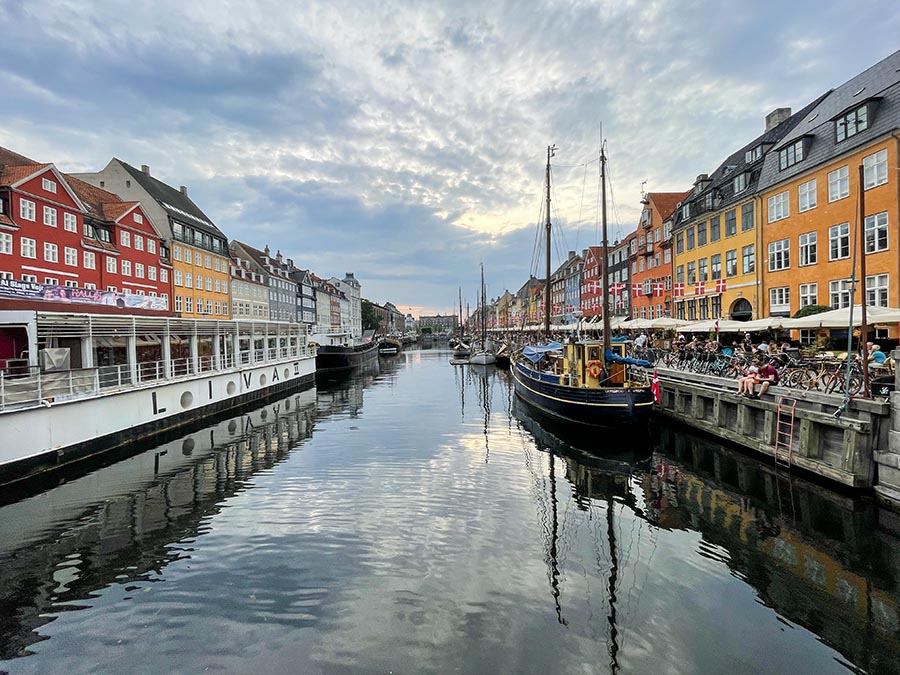
Depth and Backgrounds
Be mindful of the backgrounds in your images, eliminating distractions and using depth to create a sense of dimension.
Shoot in RAW Format
If your phone supports it, shoot in RAW format to capture more image data and allow greater flexibility during post-processing.
Editing and Post-processing
Use mobile editing apps like Adobe Lightroom Mobile, VSCO, or Snapseed to enhance your images. Crop, straighten, adjust exposure and contrast, and apply filters to give your photos a polished and professional look.
Practice and Learn
To continue enhancing your skills, it’s vital to experiment with different techniques. Additionally, engaging with online photography communities, following photographers on social media, and participating in workshops or courses can broaden your knowledge and help you to learn from others in the field.
By following these tips and focusing on the essential aspects of photography, you can take good photos with your phone and showcase your creativity and skill, even without a dedicated camera.
Practical Gears for Mobile Photography
To make the most of your phone’s camera, you’ll need some essential gear:
- Tripod: A tripod is indispensable for capturing sharp, steady shots, especially in low light conditions or for long exposure photography.
- Lenses: Attachable lenses can help you achieve various effects, such as wide-angle, macro, or telephoto shots.
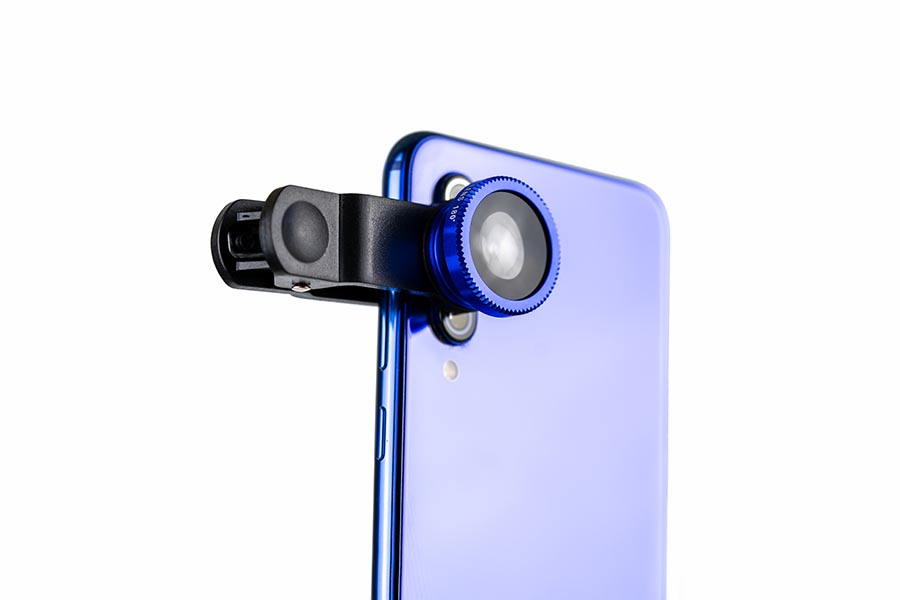
- Remote Shutter Release: This gadget allows you to take photos without touching your phone, reducing your camera shake.
- Portable Lighting: A portable light source can help you enhance the lighting in your photos, especially for portraits or product shots.
- Phone Case: A sturdy case protects your phone from damage and can provide a better grip while taking photos.

Essential Tips for Mobile Photography
Mastering Composition
- Here are some composition techniques to elevate your mobile photography:
- Rule of Thirds: In order to create a well-balanced composition, it is essential to divide your frame into nine equal parts utilizing two horizontal and two vertical lines. Consequently, positioning your subject at the intersection of these lines can enhance the overall balance of your photo.
- Leading Lines: Use lines within your scene to direct the viewer’s gaze toward the focal point of your photo.
- Framing: Use natural frames, like doorways or trees, to draw attention to your subject.
- Fill the Frame: Get closer to your subject and fill the frame to capture details and eliminate distractions.

Lighting Techniques
Good lighting is crucial for high-quality images. Follow these tips to enhance your photos:
- Natural Light: Use natural light as your primary light source whenever possible.
- Golden Hour: The hour before sunset and after sunrise provides soft, warm light that can add a beautiful glow to your images.
- Diffuse Light: Avoid harsh, direct light using a diffuser or shooting in the shade.
- Backlighting: Position your subject between the light source and the camera to create a silhouette or a halo effect.
Camera Settings and Features
Explore your smartphone’s camera settings to get the most out of your device:
- HDR (High Dynamic Range): Use HDR to balance the exposure in high-contrast scenes.
- Burst Mode: Capture several images rapidly to get the perfect shot.
- Gridlines: Turn on your camera’s gridlines to help with composition.

Editing and Filters
Post-processing can enhance your images and give them a polished look:
- Crop and Straighten: Adjust your image’s composition by cropping and straightening it in your favorite editing app.
- Adjust Exposure and Contrast: Balance the brightness and darkness in your image by tweaking exposure and contrast.
- Color Correction: Adjust the white balance and saturation to ensure accurate and vibrant colors.
- Selective Edits: Use tools like spot healing, dodging, and burning to refine specific areas of your image.
- Filters: Apply filters sparingly to add a unique style or mood to your photos.
Discover More
Smartphone Photography Types
Portraits
Capture the essence of your subject by following these portrait photography tips:
- Focus on the Eyes: Ensure that the eyes are sharp and focused, as they are the most expressive part of the face.
- Shoot in Soft Light: Overcast days or open shades provide flattering, even portrait light.
- Experiment with Angles: Shoot from different angles and perspectives to create visual interest and variety.
- Use a Reflective Surface: Utilize a reflector or white surface to reflect light onto your subject, minimizing shadows and generating a more flattering illumination.
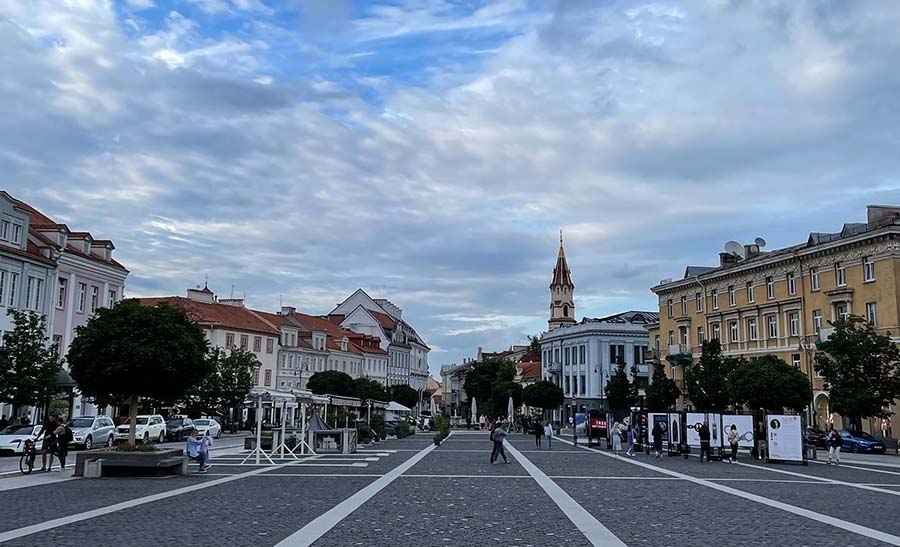
Landscapes
Immerse viewers in the beauty of nature with these landscape photography tips:
- Incorporate Foreground Elements: Include elements like rocks or plants in the foreground to add depth and dimension to your image.
- Look for Leading Lines: Use natural lines like rivers or paths to guide the viewer’s eye through the scene.
- Capture Movement: Use a slow shutter speed to capture motion, such as flowing water or blowing clouds.
- Shoot During the Golden Hour: Take advantage of the warm, soft light during the golden hour for a magical touch.
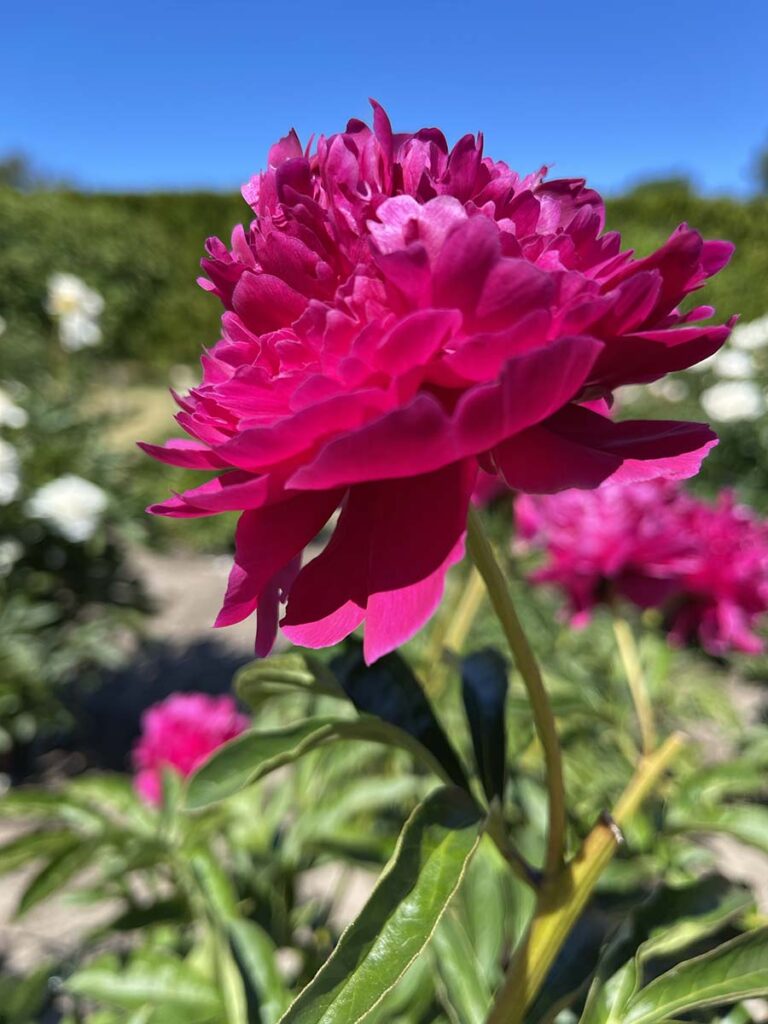
Macro
Reveal the hidden world of tiny subjects with these macro photography techniques:
- Steady Your Phone: Use a tripod or hold your breath to minimize camera shake and ensure sharp images.
- Focus Manually: Adjust your phone’s focus to ensure the most important details are sharp.
- Use a Macro Lens: Attach a macro lens to your smartphone for extreme close-ups.
- Experiment with Lighting: Use a portable light source to illuminate your subject and create depth.

Street Photography
Capture the energy and spirit of urban life with these street photography tips:
- Be Discreet: Shoot from the hip or use your phone’s volume button to take photos discreetly.
- Look for Moments: Watch for interesting interactions, emotions, or juxtapositions.
- Embrace the Environment: Include architectural elements or urban landscapes to provide context.
- Shoot in Black and White: Convert your images to black and white to emphasize form, contrast, and mood.

Don’t Forget To Follow These Tips
- Clean Your Lens: Ensure your phone’s camera lens is clean and free of fingerprints, dust, or smudges before you start shooting. A microfiber cloth works best for this task.
- Use the Volume Button: If your smartphone allows it, use the volume button to take photos. This can provide better stability and help avoid camera shaking.
- Experiment with Perspectives: Don’t just shoot from eye level – try capturing your subject from high or low angles to create a unique and engaging composition.
- Use Negative Space: Utilize space in your composition to create a sense of balance and emphasize your subject.
- Tap to Focus: Tap on your phone’s screen to set the focus on your subject, ensuring it is sharp and clear.
- Be Mindful of Backgrounds: Choose backgrounds that complement your subject and avoid busy or distracting elements that might detract from the main focus.
- Embrace Symmetry: Look for symmetrical elements in your scene, such as architecture or natural formations, to create visually pleasing and balanced compositions.
- Use a Self-timer: Use your phone’s self-timer feature to avoid a camera shake and ensure you’re in the frame for group shots or self-portraits.
- Keep It Simple: Aim for simplicity in your compositions by concentrating on a single main subject and removing irrelevant distractions.
- Create Depth: Arrange elements in your scene so that there are objects in the foreground, middle ground, and background to give your images a sense of depth.
- Shoot in Different Weather Conditions: Don’t limit yourself to sunny days – embrace different weather conditions, such as fog, rain, or snow, to add atmosphere and mood to your images.
By incorporating these additional tips into your mobile photography practice, you’ll continue to refine your skills, broaden your creative horizons, and produce captivating images that stand out from the crowd.
How Do I Become A Mobile Photography Pro?
To become a mobile photography pro, consider the following:
- Master the technical aspects of your smartphone’s camera, including manual settings and advanced features.
- Develop a deep understanding of photography principles and composition techniques.
- Explore various photography genres to expand your creative range and versatility.
- Build a portfolio showcasing your best work to attract potential clients or collaborators.
- Engage in online photography communities and attend workshops or courses to further your learning and network with fellow photographers.
- Consistently practice and refine your skills, adapting to new technology and trends in the industry.
FAQ
The best smartphone for photography depends on your preferences and budget. Some top contenders include the latest iPhone, Samsung Galaxy, and Google Pixel models. Look for features like high-resolution sensors, multiple lenses, and advanced camera settings.
Practice regularly, experiment with different techniques, and learn from others by joining photography communities, following photographers on social media, and studying their work. Also, take advantage of smartphone photography courses, workshops, or online tutorials.
While smartphones may not replace DSLR or mirrorless cameras for professional photography, they can still produce high-quality images suitable for certain applications. For example, smartphone photography can be ideal for social media content, travel photography, or casual photoshoots.
There are many excellent editing apps available, both free and paid. Some popular options include Adobe Lightroom Mobile, VSCO, Snapseed, and PicsArt. You can just experiment with different apps to find the one that works best for your workflow and editing style.


